|
Note from the InnovaSpace team: When we saw the beauty of the exoplanet infographics sent to us by artist Martin Vargic, we simply couldn't resist asking him to present them below - the detail is amazing - congratulations Martin! Author: Martin VargicAuthor, artist and designer from Slovakia  Copyright ©: Martin Vargic Copyright ©: Martin Vargic I created my first visualization of exoplanets in 2015, which included a size comparison of over 500 individual exoplanets. After finishing a book on the universe, astronomy and space exploration, the "Curious Cosmic Compendium", with infographic chapters about the "Scale of the Universe", "Timeline of the Universe" and an entire section focused on exoplanets, I decided to further expand upon this and create the two exoplanet infographics you see below. Both graphics plot the planets from left to right according to the amount of heat they receive from their star and their projected equilibrium temperature, from cryogenically cold planets on the far left to molten scorching-hot worlds on the far right. A small strip of green leaves shows the optimistic habitable zone, where some liquid water might exist on the surface of terrestrial planets or potential exomoons. All planets in the solar system are included to scale for comparison. Coloration of planetary atmospheres is based on the different chemical composition of cloud layers at different temperatures (sulfur compounds, chlorides, alkali metals, silicates), the Sudarsky Scale, as well as existing exoplanet art. "Icy and Rocky Worlds" focuses on earth and super-earth planets that could have a terrestrial composition, with almost 900 planets shown, while the "Exoplanet Zoo" zooms out more to show ice and gas giants, including some of the largest known exoplanets, with many other record-holding planets included (highest/lowest albedo, most distant, least dense, hottest, shortest orbit, closest, etc.). In total, around 1600 individual exoplanets are featured on one or the other graphic, but that's still less than 1/3 of all exoplanets confirmed to exist! If you would like to see these infographics (and others) in a higher resolution, please feel free to visit my website by clicking the following links:
EXOPLANET ZOO & ICY and ROCKY WORLDS Posters are also available at Halcyonmaps: Author: Dr Dolly DaouInternational expert in design business innovation and strategies - International experience in design pedagogy/research, leading philanthropic associations and higher education programs and community projects in Australia, Asia, Europe and in the Middle East. (Visit: https://dollydaou.org/) I was inspired to write this blog in response to a post I saw on social media, where during an interview, one of the attendants asked: Who invented gravity and why do we need it? To the best of the attendant’s knowledge gravity was invented by Isaac Newton. These simple yet complex questions demonstrate the fragility of our knowledge and appreciation of gravity and reveal the inter-connection of these questions to each other. To be clear the reflections on gravity in this blog are not scientific, rather I am exploring the significance of gravity in our everyday as a design researcher. Throughout history the chain reaction of scientific explorations by Aristotle, to Bruno, Galileo, Kepler, Newton, much later Einstein, and then Hawking led to the discovery and adaptation of the theory of gravity. Although Newton could not explain the origin of gravity he did adapt Johannes Kepler’s law of gravitational theory, invented calculus and gave this force its name: gravity. Through this exploration, I open the scope of discussion for other disciplines to examine the power of this invisible force in our universe. Through interior and food design I demonstrate how gravity controls our daily lives from lifting an ordinary object to launching a rocket into space or designing a sustainable food system. We rely on gravitational forces of the planets during our interaction with our environment, especially in the food system gravity plays an integral part in the production, distribution, manufacturing and consumption of food. The images below of the Chinese mountains and Australian ocean show how the food system on our planet Earth is connected through a force that holds everything together called: gravity. If we understand gravity, we understand the story of creation of the universe, that grounds the human existence and conditions our neurology and physiology. We under-estimated the value of gravity in our everyday, which usually goes un-noticed. The complexity of questioning the origin and benefits of gravity lies in the simplicity of these questions; in the presumption that we should all know the answers. These questions are especially relevant now during our current exploration to the extra-terrestrial inhabitation with lower or zero-gravity environments, which reveal the significance of gravity as a un-negotiable part of our everyday life.
Author: Anna KarahanPhotographer | Event & Projects Coordinator | Connecting Art, Science and Business Science and art have constantly inspired and influenced each other for centuries. Both are based on curiosity, open-mindedness and flexibility – they let humans discover, create, and overcome challenges, encouraging us to look at our world from outside the box, from different angles and perspectives. What influence does art and design have on today's science, engineering and space exploration? What is the power of our imagination and creativity? What meaning does art, design, music and AI have on space stations? During an interdisciplinary conversation moderated by astronomer Dr. Milena Ratajczak, experts from various fields tried to answer these questions, and more! Taking part in the debate were: Prof. Thais Russomano (InnovaSpace), Dr. Dolly Daou (Food Design Lab, Cumulus org.), Dr. Niamh Shaw (Dream Big - Space Communications), Javier Rodríguez González (CDTI / PERASPERA), Andrea Merlo (Thales Alenia Space), Ben Haldeman (LifeShip), and Mateusz Józefowicz (European Space Foundation). This conversation took place as part of an Inspiration Zone topic during the European Rover Challenge (ERC2022), which occurred between 9-11 September 2022 in Poland. The focus of the ERC is to promote an international robotics competition. University teams from around the world design, construct and program their own robots, based on artificial intelligence algorithms. The European Rover Challenge is also about the popularization of science and enabling an international networking space. That's why the Inspiration Zone is a crucial element of the ERC. Visitors can expect to see various exhibitors presenting their projects and scientific experiments, as well as meetings with special guests, industry specialists, discussion panels and workshops related to technology, robotics and space. This blog is promoted and supported by the Space Art Design & Architecture Working Group
Our thanks go to space enthusiast Ermis Divinis, aged 11, who used his digital media skills to create this fun summary of the Mars rovers, which have provided the scientific community with so much valuable data about the Red Planet. Enjoy!
The Stellar Music project in summary - take musical notes generated mathematically from a star, arrange them into a beautiful tune, and then use your imagination to think of unique ways to illustrate the music. To discover how the music was created visit the blog: innovaspace.org/blog/stellar-music Music: - Star used = Delta Cephei, part of the constellation Cepheus - Music arrangement = Miko Mike Oliver Gimao Visuals: - AI-generated visuals = Elerias - Mermaids = Yanyue Lee; Jingfeng Liu; JingYi Lee; Surong Wang; Meijing Lee; & Xiao Qian Bai Enjoy the cosmic music 🌟🌟🌟 Introduction from Eija Salmi, Secretary General, Cumulus Assoc. & Thais Russomano, CEO, InnovaSpace: During the 21st century outer space has become a topic for discussion by passionate people in design universities worldwide. Some institutions have piloted initiatives and have ongoing activities in the art, design and media curriculum focused on space, considering how design can contribute to overcoming the challenges humanity will encounter when exploring this new frontier. We know for certain that living off-Earth will bring multiple challenges that require innovative solutions if we are to inhabit another planet. The field of design will be an essential element in facilitating space life, just as it is present everywhere in our lives here on Earth, whether on its own or collaboratively with other disciplines, such as medicine, engineering etc. Design education and research plays a massive role not only for the design profession, but also for business, industry and other institutional stakeholders in the space era to ensure a good, healthy and secure space future. The aim of this blog today, written by Dr Dolly Daou, is to share knowledge and inspire all of us to rise to the challenges of humanity’s tomorrow in outer space – inspired by design. This is the first in a series! Enjoy and please do share on your social media! On Planet Earth, we have been accustomed to living our lives conditioned by daily habits; we eat, sleep, cook, work, walk, build, interact according to our environments, grounded by gravity. Culturally, we differ in customs, in habits, we eat different food, we live differently, we speak different languages, however what unifies us is the relationship between our physiology and our topography. This relationship is the result of the universal gravity system and the evolution of beings and their environment on Planet Earth, the Blue Planet. The colour blue refers to the interaction of solar rays with the gases of Earth's atmosphere. Similarly, Planet Mars is known as the Red Planet in reference to the mass of red soil that covers its surface. The colour coding of both planets reflects the relationship between our biological existence and our environmental characteristics, which influence our daily habits and our survival traits on these planets.
Thais RussomanoInnovaSpace Founder, CEO & Scientific Director The importance of STEM (Science, Technology, Engineering, and Maths) education has long been talked about, with education policy and curriculum choices targeting these areas to improve competitiveness in science and technology development, and to try and address the shortage of skills in the workforce. While these subjects are extremely relevant in today's world, they do not underpin the innovative process in isolation, often requiring a streak of creativity and imagination to set an idea free. History demonstrates well the productive link between the STEM areas and Art, with Leonardo da Vinci being a classic example - both a great scientist and astounding artist. The practice of art in its numerous senses, such as, language, physical art, music and design, among many others, can provide imaginative opportunities for communication and expression and inspire the young to be creative with their ideas. Blending art into the STEM areas can also provide a conduit by which to attract the interest of those who might not normally consider the sciences. Although a scientist and doctor myself, I have always been drawn to the arts and am equally as happy writing an article on space physiology as I am writing a romance novel. So when I was contacted by a gentleman from a theatre group wanting to know if I could share a little space knowledge with them, I was delighted to say yes! 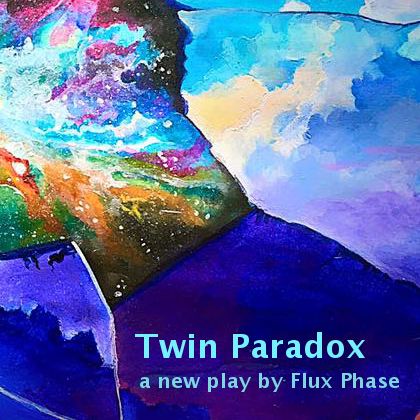 The FLUX Phase theatre group brings together a diverse group of actors in training, currently completing an MA in Acting at the E15 Acting School in Loughton, Essex. Their latest production is based on Einstein's Theory of Special Relativity, which states that as you travel close to the speed of light, time passes more slowly. So imagine if one identical twin makes a journey into space on a near light-speed spaceship, leaving the other twin at home on Earth, and then returns from 30 years space travel. Will the twin who stayed home have aged more? Will one look much older than the other? This is the Twin Paradox! |
Welcometo the InnovaSpace Knowledge Station Categories
All
|
UK Office: 88 Tideslea Path, London, SE280LZ
Privacy Policy I Terms & Conditions
© 2024 InnovaSpace, All Rights Reserved


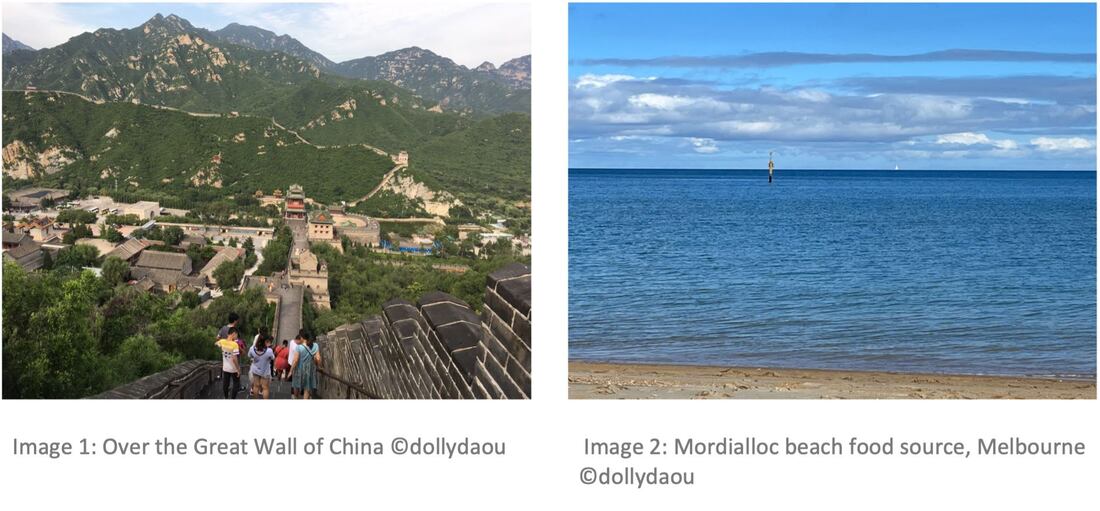
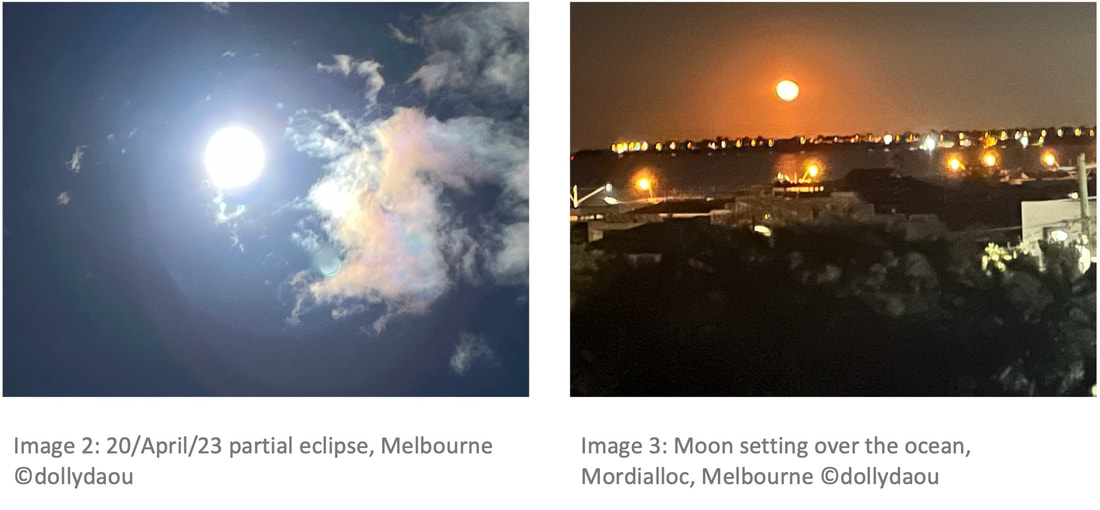
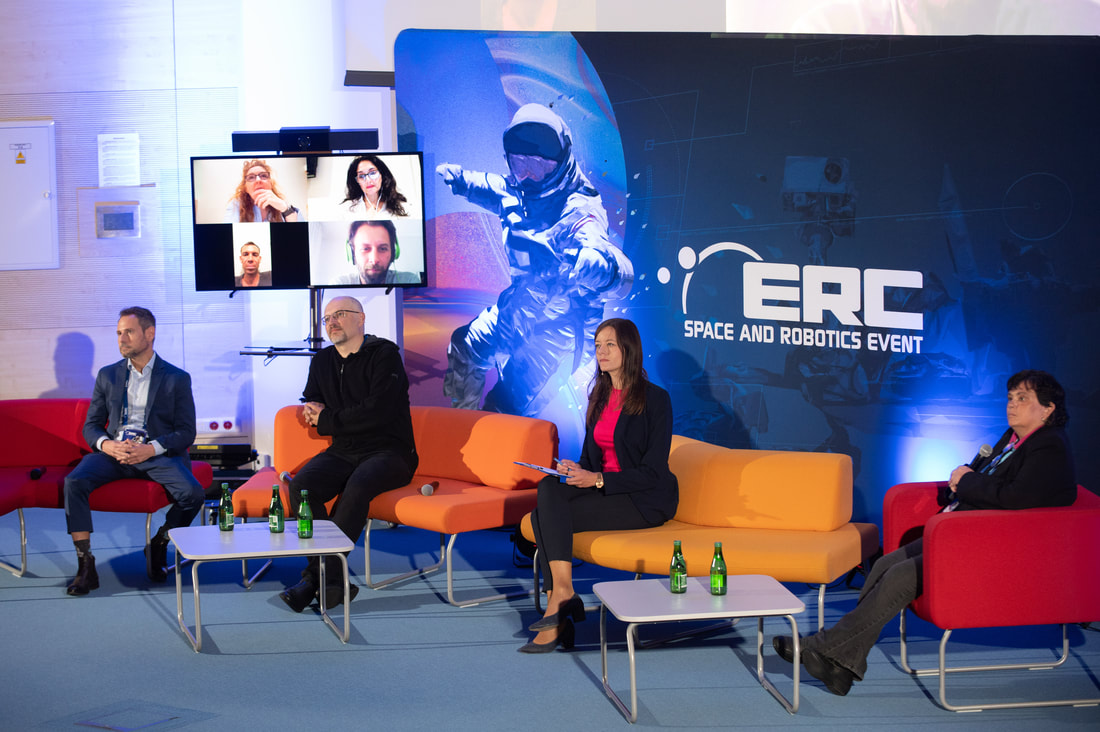

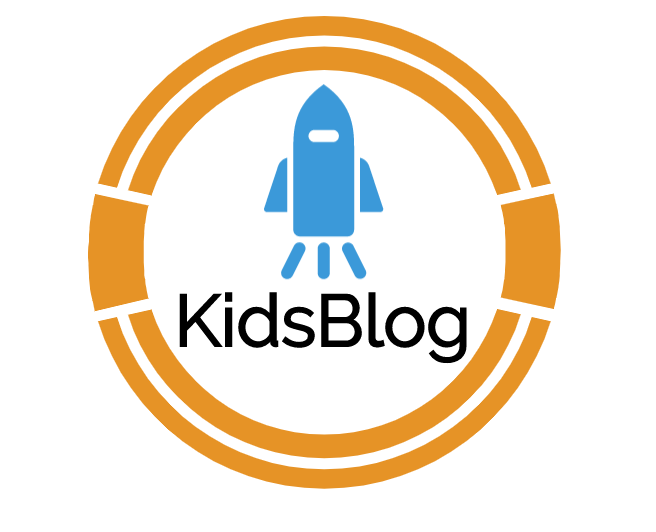
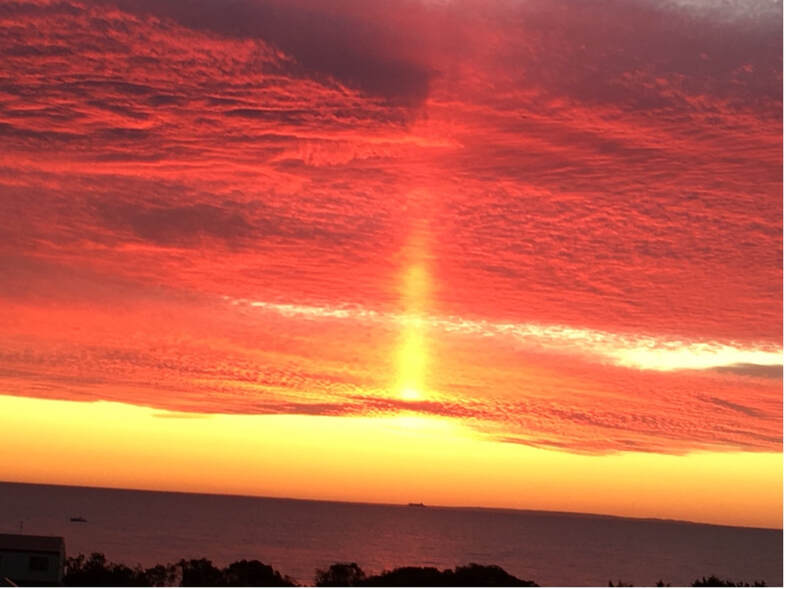
 RSS Feed
RSS Feed